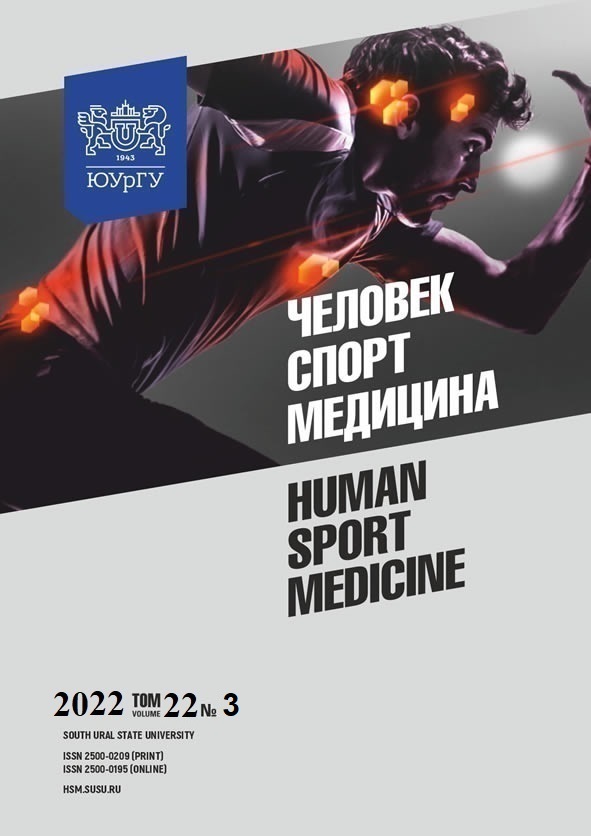THE FACTORIAL STRUCTURE OF PHYSICAL FITNESS AND COMPETITIVE ACTIVITY OF NORDIC COMBINED SKIERS DURING LONG-TERM ATHLETIC DEVELOPMENT
Abstract
Aim. This study investigates the impact of physical fitness and competitive activity factors on the athletic performance of Nordic combined skiers with respect to long-term athletic development. Material and methods. The study involved the analysis of physical fitness and competitive activity of 120 Nordic combined skiers of different skill levels aged from 9 to 19 years: beginners, experience of up to 2 years, experience of over 2 years, skilled athletes. The following methods were used: theoretical analysis, pedagogical tests, force platform measurements, factor analysis, statistical analysis. Results. It has been found that for beginners and athletes with training experience of up to 2 years the key factors of physical fitness were speed, speed-strength and flexibility. However, for athletes with training experience of over 2 years and skilled athletes the most important factors were speed-strength, endurance and coordination. These physical qualities affected athletic performance in different ways. This was of particular importance for the jump fitness of beginners and skiers with training experience of up to 2 years compared to other factors: ski fitness and athletic performance, which determined the specificity of Nordic combined at the final stages of sports training. Conclusion. The study identified the change in the effect of physical fitness and competitive performance of Nordic combined skiers with time. This is of particular importance for coaches to more effectively plan training activities with respect to Nordic combined training stages.
References
References on translit
Copyright (c) 2022 Human. Sport. Medicine

This work is licensed under a Creative Commons Attribution-NonCommercial-NoDerivatives 4.0 International License.















